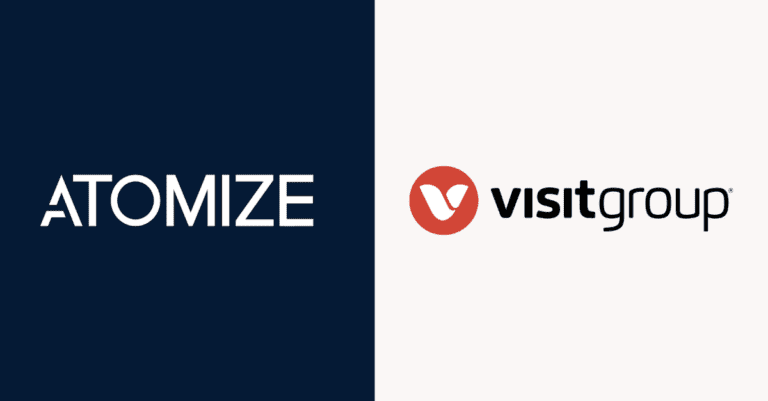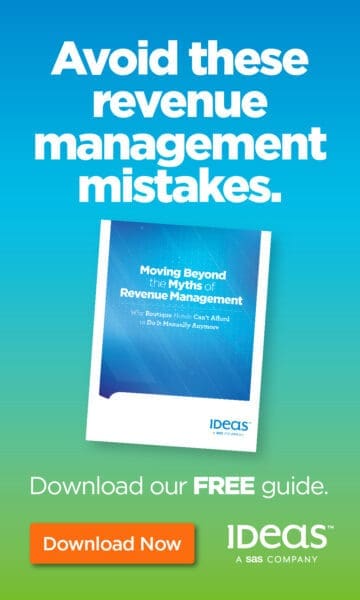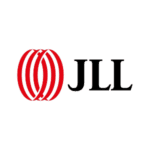 Investing in a revenue management solution (RMS) used to be a complex decision. After all, it forms the backbone of a successful revenue strategy, which ensures that you optimize your property’s revenues and profitability.
Investing in a revenue management solution (RMS) used to be a complex decision. After all, it forms the backbone of a successful revenue strategy, which ensures that you optimize your property’s revenues and profitability.
But with more lean RMSs emerging you now have a wider choice of intuitive, easy-to-use solutions which are built for collaborative teams and very easy and quick to deploy. Given this trend, picking an RMS no longer has to be a hard decision.
Especially in the current market, a powerful RMS can make the difference between missing wave after wave of demand versus riding every wave to the beach. Obviously, we want the latter for your hotel.
In this article, you’ll learn how to find the revenue management solution that will get you there. Read on to discover which boxes your new RMS must tick. Then you’ll be on the way to optimizing revenues, driving profits, saving time, and outperforming competitors.
Integrations
Integration options are one of the most important considerations when choosing new hotel tech. A solution’s ability to exchange data with other systems determines how smoothly it will fit in with your tech stack. In the case of an RMS, a robust integration with your PMS is essential. A two-way integration is best as it ensures that data is transferred automatically between systems. This eliminates any delays and human error, and it reduces your manual workload.
Here’s an example of this in action: Several new bookings come in for a certain date. The PMS reports this to the RMS. It reacts by upping the rates for this date and pushing them into the PMS and distribution systems immediately.
Connections to business intelligence providers are also important since revenue management software bases rate recommendations on internal and external data. Check where the RMS gets its outside data and if it’s a reliable and relevant source. The better the data your RMS works with, the more accurate your forecasting, pricing and reporting will be.
Type of data used
The type of data an RMS uses impacts how well it can predict demand and optimize your rates. The first question to ask is whether the RMS looks at historical or future-facing data. Given the pandemic’s impact on the hospitality industry, historical information is not as significant as it used to be. Forward-looking data has gained importance since it allows a more precise prediction of future business opportunities. For the best results, pick an RMS that works with both historical and forward-looking information (e.g., search pressure and flight search volume).
Next, check if the RMS relies on internal or external data. Internal information is important because past performance and on-the-books business give you a realistic idea of what’s possible for your business. But again, it’s currently not as telling as in the past. Instead, you need a tool that also looks at the market overall and leverages compset data for rate calculations. Of course, blindly following competitor pricing is not advisable. However, an RMS that does in depth modelling on how your competitors’ prices impact demand for your property is going to produce superior results.
Level of automation
Today, leaner revenue teams must find ways to do more with less. Automation is the best way to achieve this. That doesn’t mean replacing the revenue manager. Instead, the goal is to free up their time and help them make better decisions faster.
When picking your new RMS, be aware that the level of automation varies between providers. Look for the solution which offers you both the highest degree of automation and configurability.
This brings several benefits. First, it saves you time on manual research and rate updates. Second, it helps you react to market shifts promptly, so you can make the most of every opportunity. Every time you have to step in to manually request a rate calculation or approve a rate change, you spend valuable time and may leave bookings to your compset. An RMS that offers fully automated and real-time updates addresses this challenge.
Finally, having advanced configurability gives you the flexibility to choose if, when and where you want to step in to review your rates manually. This could be during an event, at a specific time of the month or even for certain rates (e.g., for your best suites). In short, it allows you to tailor your RMS’ level of automation to your needs.
Alignment with your pricing strategy
Now, check if your potential RMS has the capabilities you need to implement your pricing strategy. For example, some RMSs only optimize rates for the base room type. Other room categories are then updated following a set supplement structure. This worked well in the past, but in most cases, markets are too dynamic today to follow old rigid pricing models.
Look for revenue management software with open pricing capabilities if you want more flexibility. The best RMS understands that demand for each room type is different. A good system can determine these varying levels of demand and hence find the optimal price of each room category. On top of this, the RMS knows how rate changes for one room category will impact demand and willingness to pay for all other types. All these insights are essential to ensure continuously optimized room rates.
Organizational aspects and ease of use
Finally, look at organizational aspects. Ask the RMS provider how the onboarding process works and how much time it takes.
Clarify all pricing-related questions as well. Does set-up come at an extra cost? Is the basic plan enough or should you spring for some premium features? While your RMS is not the place to skimp, transparent pricing is important, so you know which expenses you’re incurring.
Next, look at how easy the system is to use and maintain. A major constraint of legacy RMSs is that they require highly specialized knowledge for users to get the most out of them. This enforced silos in hotels and made the onboarding and set-up process lengthier. On the other hand, a modern system that’s easy to use and seamlessly integrates with other tools encourages cross departmental collaboration. In short: the simpler your RMS is to learn and handle, the more your team will use it in day-to-day operations.
A cloud-based RMS will also offer great flexibility, access from anywhere with an internet connection and live updates. For an extra bonus, check whether the RMS is mobile responsive, meaning it displays well on phones and tablets as well. This will allow your team to log on from any device at home, at the office or on the go, as long as they’re connected to the web. As more teams work remotely at least part of the time, such a device-agnostic system has become more important than ever.
Lastly, clear visuals and the chance to export data like demand forecasts and performance reports are important. This saves you time on preparing documents for senior members of your organization and makes it easier to present your results.
Now, it’s your turn. Check how your potential new RMS measures up against the five points above. That’s the first important step to finding the system that works best for you.
For a more in-depth guide on what to watch out for when selecting an RMS, download HotelTechReport’s 2022 edition of the Ultimate Guide to Revenue Management Systems.






























